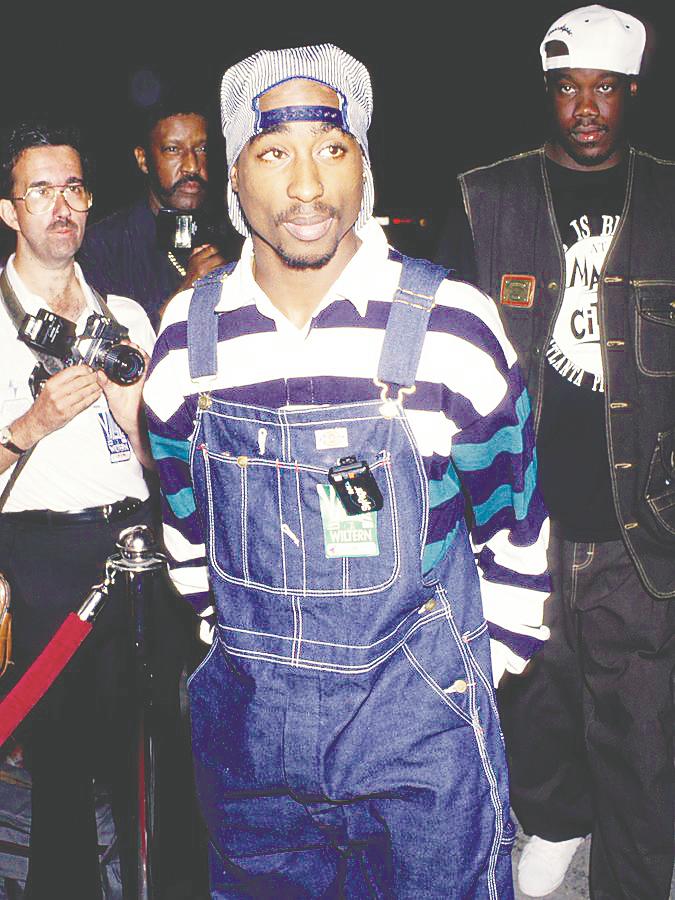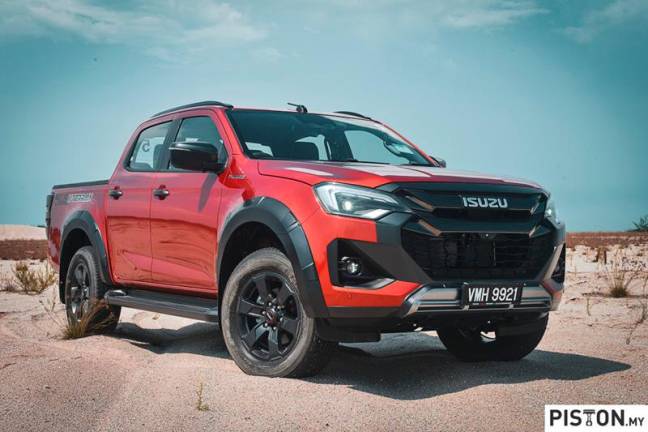MAY 1 is Labour Day. To commemorate the holiday, theSun takes a look at some workwear items that are now more often seen draped on fashionistas rather than manual labourers.
Typically, the uniform of manual labourers during the Industrial Revolution of the mid-19th century is characteristically rugged and utilitarian.
Like the name implies, these are clothes designed to be worn while working in labour intensive jobs that require durable and functional garments.
As trends and fashion flow and ebb with time, the workwear outfits of these labourers were eventually adopted by smaller street subcultures, particularly in the period between the 80s and mid-90s.

Adopted by scenesters
The hip hop and rap scene saw the extensive adoption of workwear clothing such as Timberland construction boots, dungarees and denim jeans and jackets into its fashion style.
A ubiquitous presence in 90s hip hop, the Timberland boots became famous not due to its manual labour or rural American roots, but due to New York drug dealers that had to stand on the street all night and needed the best possible footwear to keep them warm and dry.
Meanwhile, the dungarees and denim became just as popular as they were working class clothing, which artistes in the hip hop and rap scenes personally and culturally related to due to their hard life and backgrounds.
Artistes such as Tupac Shakur, Will Smith, Eazy-E and everyone in their immediate and satellite circles could be seen wearing these workwear at some point in that era.
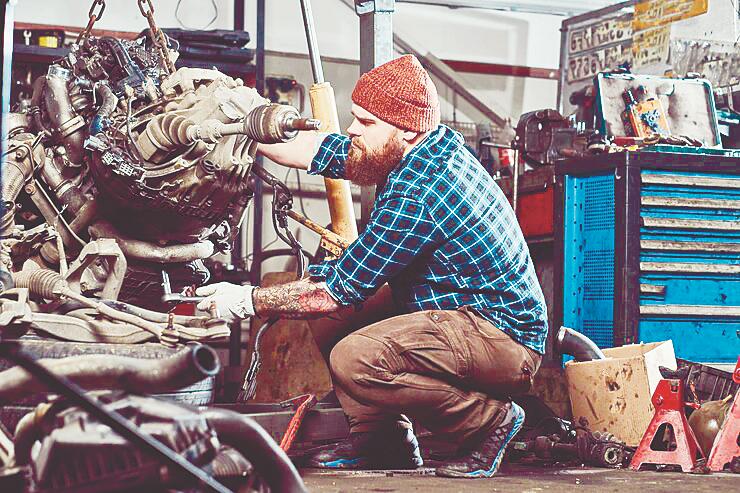
The heavy and extreme metal scenes also incorporated workwear clothing into their wardrobes during the same period as above. Clothing worn by “metalheads” are largely utilitarian, built for everyday, repeated use. These include denim jackets – often customised into “battle jackets”, denim jeans and even military workwear, such as M-65 field jackets and sturdy camouflage cargo pants.
One item that was adopted by many youth subcultures was the Doc Marten boot. Favoured by all manner of crusty-types including punks, metalheads and skinheads, the hard-as-nails footwear became popular due its seemingly indestructible build. “Doc Marts” have become so popular these days that an actual labourer would probably have to trade in a kidney or two just to afford a pair.
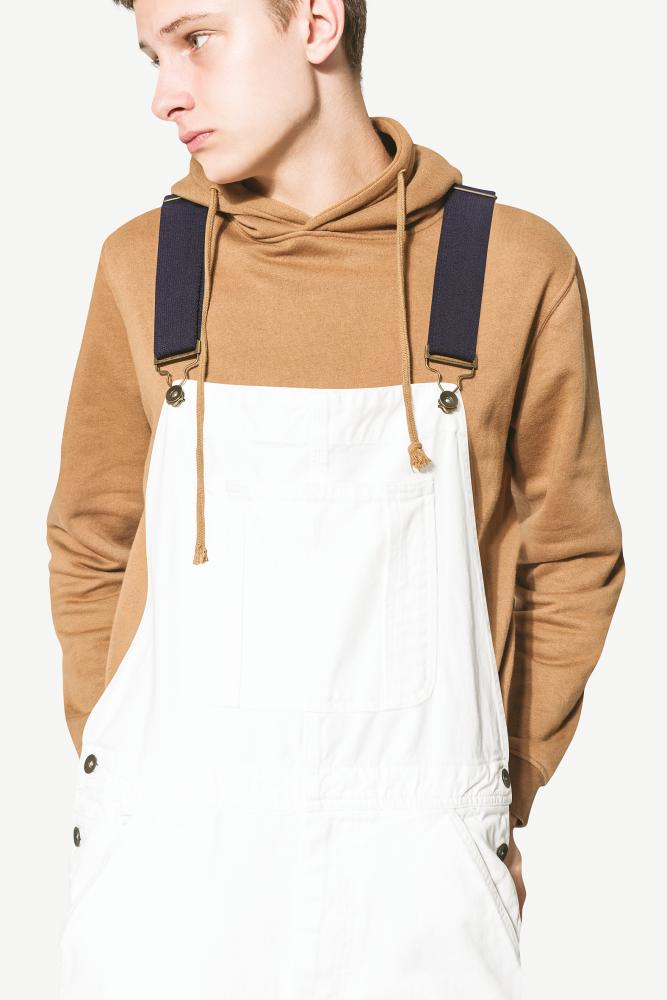
Form over function
In the last decade, the workwear trend has seen an explosion of popularity in mainstream fashion.
Back then, it was commonplace for manual labourers in construction, welding, farming or carpentry to wear heavy-duty boots, durable jeans and sturdy jackets from well-known brands such as Wrangler, Levi’s, Dickies and Carhartt.
These days, it is just as common to see the scrawny barista preparing your hipster latte in an air-conditioned cafe wearing the exact same outfit.
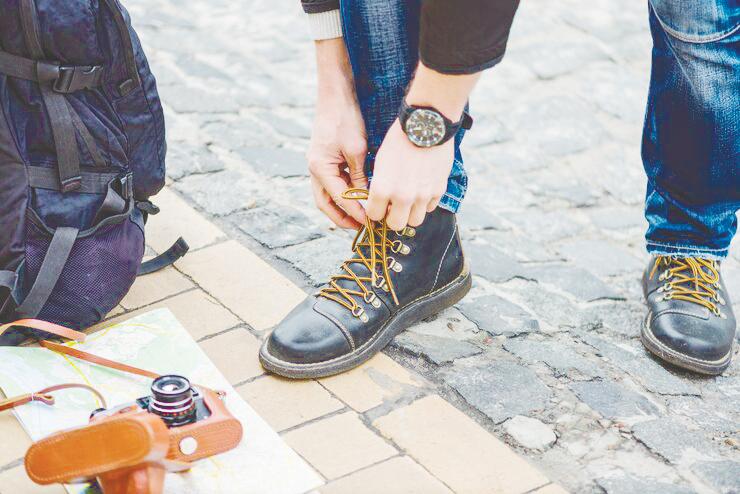
It is a testament to how the fashion industry cares less about the practicality of clothing and more about how it looks.
In the fashion sphere, workwear exists in two forms. How it has always been, and the version tailored for aesthetics, where designers focus on the colour, fit and style trends. Runways are filled with the latter, while traditional workwear brands double-dip by appealing to mainstream fashion-conscious and its actual manual labourer demographic.
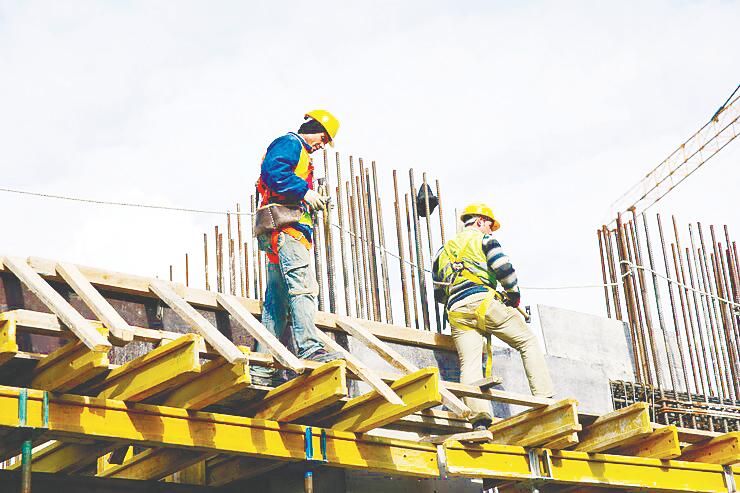
Fuelled by fast fashion
Historically, the fashion industry has always done this. The appropriation of items worn by a few, mass-produced and commercialised for the fashion hungry. Throw in the volatility of trends thanks to social media and the pandemic-scale increase of influencers, fast fashion has become commonplace, constantly fuelling the need for the next “new” thing.
While that does paint a rather pessimistic landscape of the fashion world today, it has to be said that workwear will probably continue to flourish whether it is in vogue or not.
Firstly, this is because most of these workwear were built to last and will still be usable years after its purchase, unlike some flimsier items in the warddrobe.
Secondly, looking rugged will almost never go out of style thus these items will retain a timeless appeal.
Last but not least, there will always be a cadre of actual labourers who will need such workwear for practical purposes, ensuring its continued relevance by keeping it firmly in the public eye.



